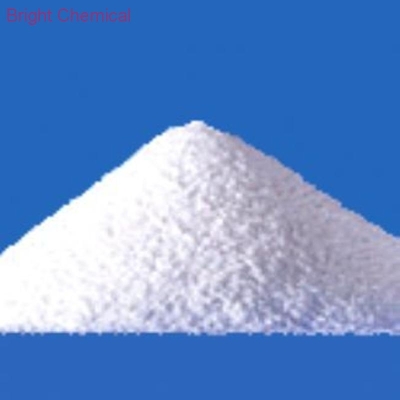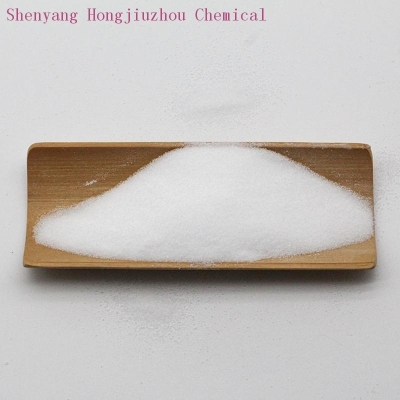-
Categories
-
Pharmaceutical Intermediates
-
Active Pharmaceutical Ingredients
-
Food Additives
- Industrial Coatings
- Agrochemicals
- Dyes and Pigments
- Surfactant
- Flavors and Fragrances
- Chemical Reagents
- Catalyst and Auxiliary
- Natural Products
- Inorganic Chemistry
-
Organic Chemistry
-
Biochemical Engineering
- Analytical Chemistry
- Cosmetic Ingredient
-
Pharmaceutical Intermediates
Promotion
ECHEMI Mall
Wholesale
Weekly Price
Exhibition
News
-
Trade Service
March 9-15, 2020 is the 14th World Salt Reduction Week, with the theme "Hide and Seek" to call for and urge food companies and the food and beverage industry around the world to take active action to reduce the "hidden" salt content in processed, restaurant and takeaway foods and to do more to promote public health.
specific salts are hidden in processed foods? How do consumers distinguish between low-salt foods and high-salt foods? Professor Song Huanlu of the Food School of Beijing University of Industry and Commerce, an expert on special allowances of the State Council, provides professional answers for all of you.
people now pay more and more attention to healthy diet, promote salt reduction, low salt, salt reduction mainly refers to sodium in the salt, low salt is low sodium.
For example, the soda used to make buns, buns and oil bars is sodium bicarbonate, MSG, or glutamate monosodium, where "sodium" is the same as "sodium" in salt.
only if invisible salts and other sodium-containing compounds in foods such as bread, ham and canned vegetables are included in the daily salt intake are scientifically reasonable.
is invisible salt? So when consumers buy and cook food, they need to figure out which foods in life are "high in salt and high in sodium" and which foods contain "invisible salt", which is the scariest thing.
stealth salt, as the name implies, is in addition to cooking salt used in cooking, in other foods are unknowingly ingested into the body of sodium salt, in this case many people eat too much salt do not know.
, chicken essences, and sauces in the seasonings are all "salty", and some pastries, honey, oil bars, breads, and even wet-cut noodles sold at the vegetable market contain "invisible salts".
sodium from salt is common in a variety of foods, including sodium from salt and sodium from non-salt.
Sodium from salt consists of the following parts: first, salt added during cooking, which is a deformed salt that everyone can notice, and second, from commonly used condiments and processed products, such as soy sauce, various sauces, soy sauce, sauce Dishes, sausages, ham, bacon, smoked products and edible canned, fermented soy products, instant noodles and other invisible salt;
from non-salt is from natural foods, such as vegetables, manta, shrimp, milk and so on.
the sodium content of natural foods is arranged from small to large, fruits, vegetables, grains and protein foods, generally animal food than plant food.
example, 1 160g banana contains 1mg of sodium, 1 carrot of the same size contains 35mg of sodium, 1 medium size (about 65g) of eggs contains about 72mg of sodium, and 1 bag of 160g of milk contains about Contains 55 mg of sodium; sodium ddispoate); baking soda and soda for processed fermented foods; sodium citrate for acidic flavoring, sodium benzoate for corrosion prevention; various phosphates such as sodium tripolyphosphate, sodium hexaphosphate, sodium coke phosphate, trisodium phosphate, phosphorus as food additives Sodium hydrophosphate, sodium phosphate, sodium pyrophosphate, sodium phosphate, etc., these phosphates are currently the most widely used quality improvers in the food industry around the world;
Xiao Yang.
"Invisible Salt" in Food, 2017 (09): 34-35. Be careful of the 6 "invisible salt" foods . . . Cardiovascular Disease Prevention and Control Knowledge (Cop Edition), 2017 (03): 71. Fang Junqing, Liu Junfang, Du Wenying.
on sodium in modern diets, 2013, 38 (09): 58-59. Nanlu.
the mystery of the "invisible salt" hide-in, Employment and Security, 2011 (Z1): 100-101. Miya Weiyan, Guo Navy, Song Chao, Yuan Fan, Yu Dechun, Wu Xiaoxuan, Li Xiaohui, Liu Weijia, Liu Ailing.
analysis of high-salt food consumption and its factors in primary and secondary school students in four cities in China, China Health Education, 2015, 31 (04): 354-357.







